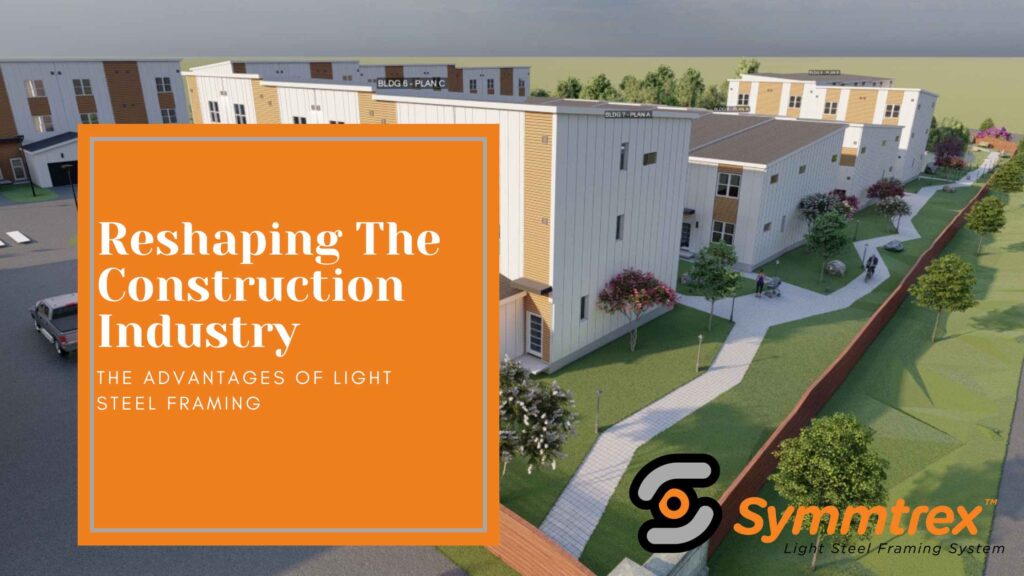The construction industry is witnessing a significant transformation, driven by the growing adoption of innovative building techniques. Among these innovations, light steel framing stands out as a game-changer, offering a multitude of benefits that are reshaping how buildings are designed and constructed. This blog post delves into the advantages of light steel framing, highlighting its impact on the construction sector.

What is Light Steel Framing?
Before we explore the benefits, it’s essential to understand what light steel framing entails. Light steel framing is a construction method that uses cold-formed steel as the primary structural component. These steel sections are lightweight, yet incredibly strong, providing a solid framework for both residential and commercial buildings.
Efficiency and Speed of Construction
One of the most significant advantages of light steel framing is the efficiency and speed it brings to the construction process. Steel components can be prefabricated off-site in controlled factory conditions, ensuring precision and reducing the time spent on-site. This pre-fabrication process not only speeds up construction but also minimizes waste and labor costs, making it an economically attractive option for developers and builders.
Durability and Strength
Despite its lightweight nature, steel offers exceptional durability and strength. It provides superior resistance to earthquakes, hurricanes, and other extreme weather conditions, making it an ideal choice for areas prone to natural disasters. Additionally, steel does not warp, shrink, or rot, ensuring the longevity of the structure and reducing maintenance costs over time.
Environmental Advantages of Light Steel Framing
The construction industry is increasingly focused on sustainability and reducing its environmental impact. Light steel framing aligns perfectly with these goals, offering several environmentally friendly benefits.
Recyclability and Sustainability
Steel is one of the most recycled materials in the world, and light steel framing components can be recycled at the end of their lifecycle, reducing the need for new raw materials. This recyclability significantly lowers the environmental footprint of construction projects. Furthermore, the efficiency of the construction process reduces waste, further enhancing the sustainability of this building method.
Energy Efficiency
Buildings constructed with light steel framing can achieve high levels of energy efficiency. The steel structure allows for better insulation to be fitted within the walls, floors, and roofs, leading to significant energy savings for heating and cooling. This not only benefits the environment but also results in lower utility bills for occupants.
Flexibility and Adaptability in Design
Light steel framing offers architects and designers unparalleled flexibility and adaptability. The strength of steel allows for larger spans and open spaces without the need for load-bearing walls, enabling creative and innovative designs. Additionally, modifications to the structure can be easily made, accommodating future needs or changes in use.
Cost-Effective Solutions
While the initial cost of light steel framing may be higher than traditional construction methods, the overall cost savings make it a cost-effective solution. The speed of construction, reduced labor costs, minimal waste, and lower maintenance costs all contribute to the economic advantages of this construction method.
Conclusion: The Future of Construction
The advantages of light steel framing are clear, from efficiency and strength to environmental benefits and design flexibility. As the construction industry continues to evolve, light steel framing is set to play a pivotal role in shaping the future of building design and construction. By embracing this innovative method, we can create sustainable, durable, and aesthetically pleasing structures that meet the demands of the modern world.
The construction industry is at a crossroads, and light steel framing offers a path forward that is both innovative and sustainable. As we look to the future, the adoption of light steel framing is poised to reshape the landscape of construction, offering solutions that are not only advantageous today but will also benefit generations to come.

